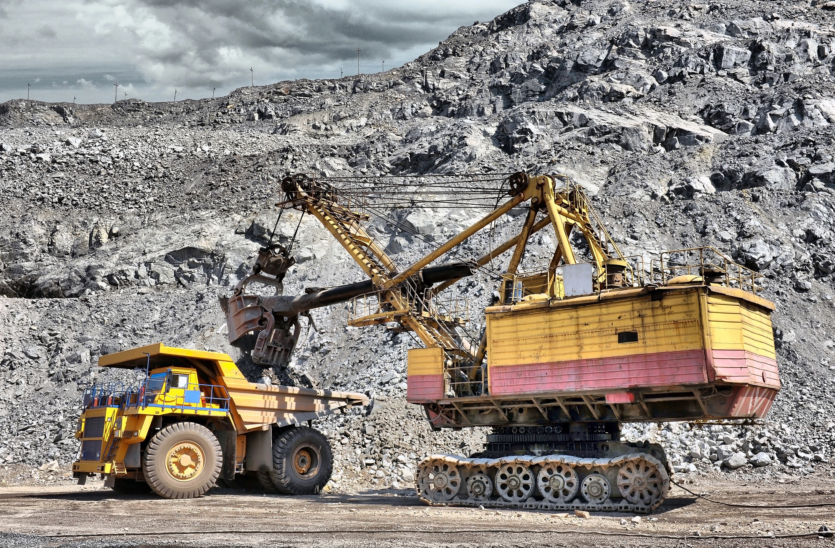
There are dozens of copper and iron mines in the US. However, regardless of what is being mined, these resources themselves make up only a small fraction of the rock.
The rest is usually just thrown away. As noted by professor of mining at the Colorado School of Mines Elizabeth Holley, only a few types of raw materials are currently extracted. However, the question is what else rocks can contain.
In a new study Elizabeth Holley and her colleagues tried to assess, what other valuable resources are contained in the rocksthat, are discarded after mining and extracting the necessary ore from them. The researchers found, that there is a huge potential to recover 70 critical elements from 54 currently operating mines.
For example, the lithium, contained in mine dumps collected over the course of a year, is enough to power 10 million electric vehicles, and manganese — 99 million. These figures not only far exceed the level of US imports of these elements, but also the existing demand for them.
Critical important minerals required for the production of lithium-ion batteriesand solar panels, and other low-carbon or carbon-free technologies that enable the transition to clean energy. The vast majority of lithium comes from Australia, Chile and China, while most cobalt is mined in the African Republic of Congo.
The study demonstrates the potential for extraction of critical minerals in the United States. The data obtained indicate, that the extraction of critical minerals, even at the level of only 1%, will significantly reduce the country’s dependence on imports most of the critical elements. At the same time, lithium recovery from mine dumps at 4% will fully compensate for existing imports.
“We could focus on mines that are already corporate and simply add additional steps to their process. It would be a really quick way to start mining the mineral we need”, — explains Elizabeth Holley.
The US Department of Energy has recently announced the launch of a pilot program to extract by-products from rocks. At the same time, the Pentagon has acquired a $400 million stake in a company that operates the country’s only rare earth metal deposit.
Holley hopes, that the next step will be to find the most cost-effective development path that this research will help to produce. The potential of by-products varies considerably from deposit to deposit, and the analysis, she says, can help identify potential deposits of certain minerals. For example, the Red Dog Mine in Alaska probably has the largest germanium production potential in the country, while nickel can be found at the Stillwater and East Boulder mines in Montana.
The results of the study are published in the journal Science
Source: Gizmodo

Spelling error report
The following text will be sent to our editors: